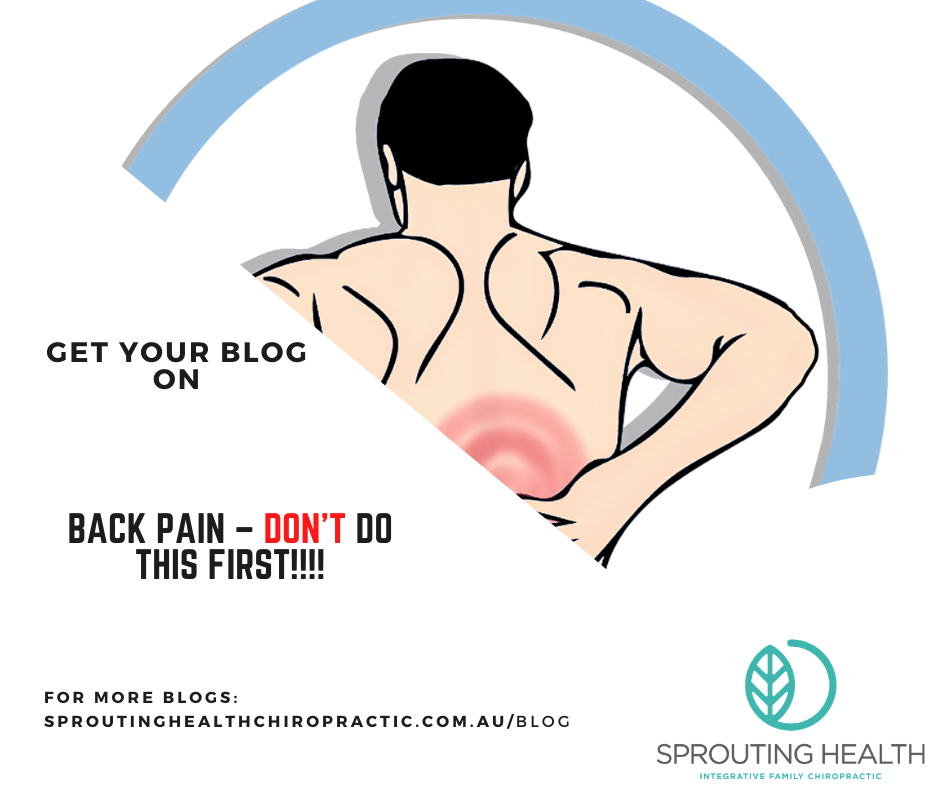|
Opioid use in Australia and internationally has been increasing rapidly over the last 2 decades (1). Risks associated with the use of prescription opioid analgesics are well known. (2). Recent guidelines have recommended non-pharmacological treatment as the first line of approach to treating back pain, with consideration of opioids only as the last treatment option or if other options present substantial risk to the patient (2). Do you or a loved one use any form of opioids? This is an important article that could make the world of difference to you. “A retrospective claims study of 165,569 adults diagnosed with low back pain found that utilisation of services delivered by DCs was associated with reduced use of opioids” (3) Drug overdose deaths in 2017 increased by almost 10% compared to 2016, with opioids accounting for almost 48,000 cases (4), Among US adults prescribed opioids, 59% reported having back pain (5). So it is a prevalent issue, and it’s important that we consider non-pharmacological treatments to address spinal pain. In a recent research article, health insurance claims were analysed, it was found that among patients with spinal pain disorders, for those who received chiropractic care, the risk of filling a prescription for an opioid analgesic over a 6 year period was reduced by half compared to those who didn’t receive chiropractic care (2). It was also found that those who saw a chiropractor within 30 days of being diagnosed with spinal pain, the reduction in risk was much greater compared to those who visited the chiropractor after the acute phase (2). So depending on the cause, chiropractic care should be considered to reduce the risk of requiring an opioid prescription. Though it’s common knowledge, it is better to get to the issue sooner rather than later for better outcomes. So if you want to find out if chiropractic care may help manage spinal pain for you or your loved ones, have a chat with one of our chiropractors to see how they can assist. “Health outcomes are more likely to be better when issues are addressed earlier!” References 1.Lalic, S., Ilomäki, J., Bell, J.S., Korhonen, M.J. and Gisev, N., 2019. Prevalence and incidence of prescription opioid analgesic use in Australia. British journal of clinical pharmacology, 85(1), pp.202-215. 2. Whedon, J.M., Toler, A.W., Kazal, L.A., Bezdjian, S., Goehl, J.M. and Greenstein, J., 2020. Impact of Chiropractic Care on Use of Prescription Opioids in Patients with Spinal Pain. Pain Medicine. 3. Rhee Y, Taitel MS, Walker DR, Lau DT. Narcotic drug use among patients with lower back pain in employer health plans: A retrospective analysis of risk factors and health care services. Clin Ther 2007;29(Suppl):2603–12. 4. US Department of Health and Human Services. Facing Addiction in America: The Surgeon General’s Spotlight on Opioids. Washington, DC: Office of the Surgeon General, US Department of Health and Human Services; 2018. 5. Hudson TJ, Edlund MJ, Steffick DE, Tripathi SP, Sullivan MD. Epidemiology of regular prescribed opioid use: Results from a national, population-based survey. J Pain Symptom Manage 2008;36(3):280–8.
0 Comments
Leave a Reply. |
AuthorBlogs by the team at Sprouting Health Archives
July 2024
Categories |


 RSS Feed
RSS Feed
